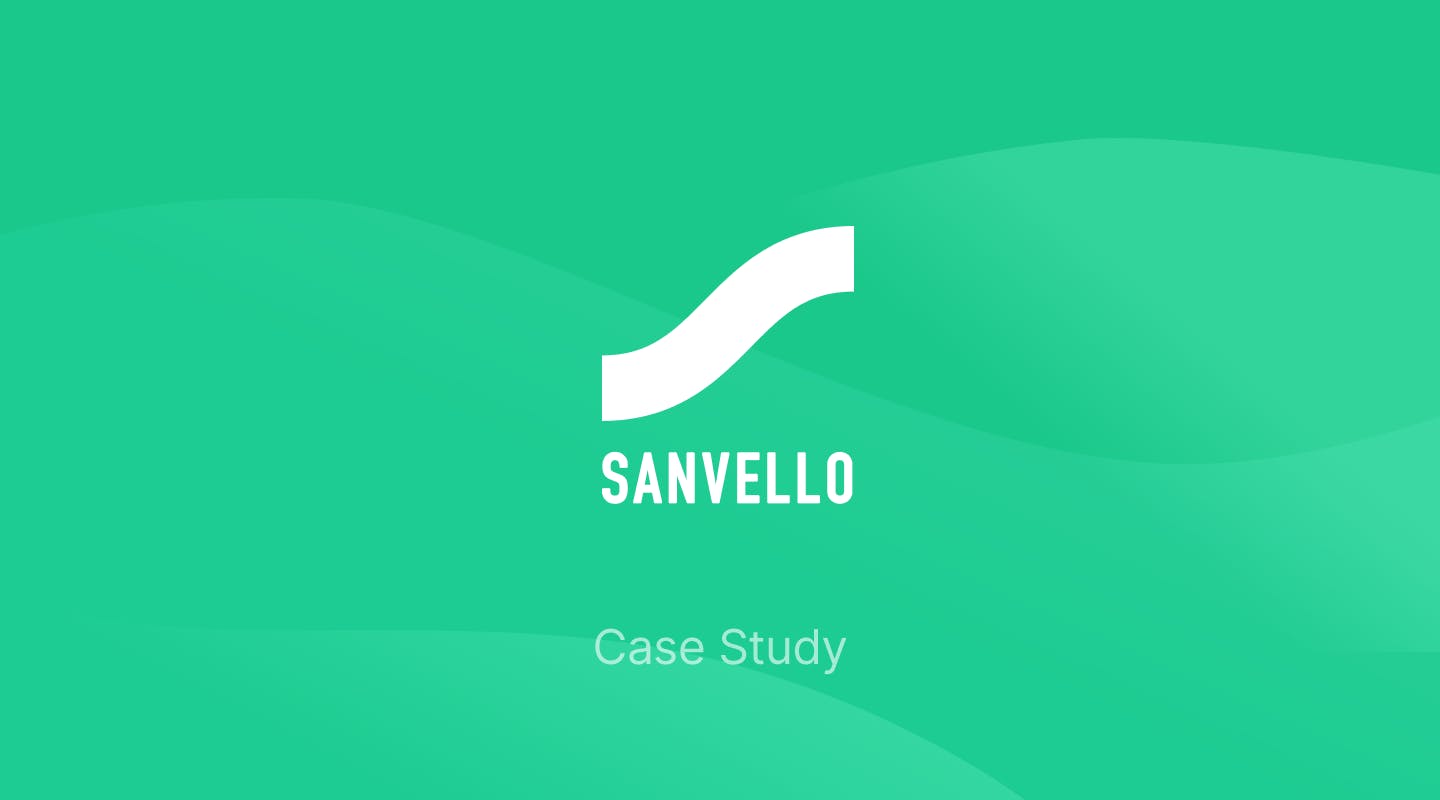Sanvello: Mental Health App Case Study
The #1 mental health app in the app stores shares their secret to delivering an award-winning user experience.

Rapidly Prototyping Sanvello App
Launched in January 2015, Sanvello (formerly the Pacifica app) is a mobile app that utilizes tools from cognitive behavioral therapy to help users manage stress, anxiety, and depression. Sanvello's founders, Dale Beermann and Chris Goettel, knew that one in four adults struggled with anxiety, but only a third of those ever received care. Beermann and Goettel wanted to bring tools from clinical psychology to a broader audience through an empathetic approach to software development that focused on the end user. In doing so, they hoped to reach people who had anxiety but weren’t dealing with it proactively.
Beermann and Goettel both have backgrounds as web developers, and Beermann is also an experienced native mobile developer. He knew that using native code to build a working prototype would take too long — he needed to be able to prototype rapidly and didn’t want to spend six months building an application, only to discover that it wouldn’t work. With this in mind, Beermann and Goettel set about rapidly prototyping an MVP that validated their idea that a healthcare app could be functional, beautiful, and easy to use.
“We wanted something that would allow us to go deeper when we needed to but also solved the problem of not having to build platform specific UIs in the process,” said Beermann. “We needed a platform that wouldn’t limit us later in terms of native plugins but allowed us to take care of the rest more easily.”
There's no way we could have launched both iOS and Android as quickly as we did if we went native.
Dale Beerman
Diving Into Hybrid
Given the founders’ backgrounds and views of hybrid development, they quickly got to work using Ionic and created the first version of Sanvello in just three months. Once the hardest features of the app, like recording audio and in-app waveform rendering were taken care of, Beermann and Goettel immediately started to iterate based on customer feedback.
“There are so many frameworks available that you want to ensure you use one you are comfortable with that also has a large community of support,” said Beermann. “Ionic allowed us to get up to speed quickly, so we could constantly improve the app based on our users’ eedback.”
This rapid iteration has yielded much success for Sanvello. To date, the app has 950,000 registered users, helping thousands of people every day who struggle with mental health conditions.
“With Ionic, we can run our app across multiple platforms from the get-go, so we can focus on iterating on features that are important to the product, as opposed to getting mired in the intricacies of native development,” said Beermann. He goes on state that “from a programming perspective there’s a pride around native, but why would you want to spend your time writing and maintaining multiple applications for each platform?”
Ionic allowed us to get up to speed quickly, so we could constantly improve the app based on our users' feedback.
Dale Beerman
Moving Forward, Confidently
With a successful consumer product, Sanvello now looks forward to building features that focus on practitioner-patient engagement. To do so, the app would need to be HIPAA compliant and incredibly secure. Fortunately, from a technical perspective, building with Ionic and Cordova allowed Sanvello to accomplish everything it would need to be HIPAA compliant from the beginning.
As long as you know where you need to secure the data, you can use the application and be HIPAA compliant,” said Beermann.“ The repercussions of data breaches are enormous, so it’s critical that the development process be focused on security. Ionic allowed us to do that.”
Sanvello has been working with the University of Minnesota on a Randomized Control Trial, with the initial pilot showing very positive results. Beermann and Goettel have received emails from users telling them that they’ve used Sanvello to help reduce stress related to school and relationships to curing insomnia. Users who may not have received help otherwise have been able to find a new sense of purpose.
Goettel concludes, “There will always be a place for traditional therapy, but barriers such as stigma, cost, and availability get in the way of people getting the help they need. Sanvello bridges this gap.”